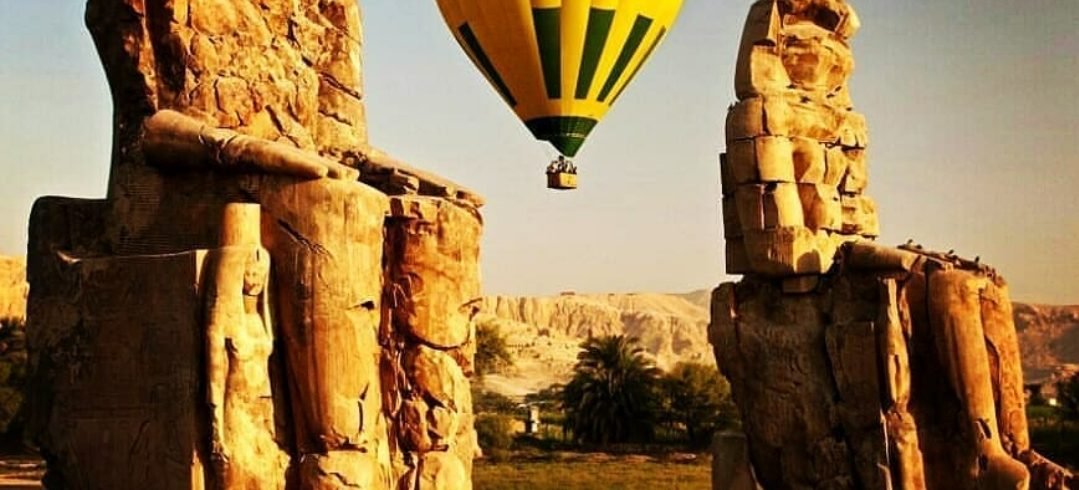THE MODERN TOWN EXISTS AS LITTLE MORE THAN A LIFE-SUPPORT SYSTEM for the millions of visitors who descend each year, drawn by the fabulous array of antiquities. Tourism accounts for around 85 percent of the local economy, so present
day inhabitants of Luxor are just as much in thrall to the temples and tombs as their ancient ancestors were.
At the height of its power, Thebes had a population of nearly one million. Vast manpower, combined with the immense wealth brought in by foreign conquests, allowed the Thebans to build the most elaborate places of worship for their local god Amun, whom they united with the sun god Re to worship as Amun-Re. Built on the east bank of the Nile, these temples greeted the rising sun each morning. Over on the west bank was the land of the dead, where the sun went down each day.
There the pharaohs, deified by their subjects as living gods, built their own funerary monuments. Thebes was preeminent for 500 glorious years until the end of the New Kingdom and the last of the Ramses (1069 B.C.), after which power returned to Memphis in the north.
The city persisted during Greco-Roman times, but by the time the Arabs conquered Egypt in the seventh century, it was forgotten. Not until Napoleon’s 18th-century expedition to Egypt were the temples rediscovered and identified as the ancient city of Thebes, known through classical accounts. To the Arab villagers, who had lived among the sand-covered ruins, this was Al-quor, the Palaces, a name corrupted by Europeans to Luxor.By the mid-19th century, the first cruisers were already on the Nile, as Luxor became a must for adventurous travelers.
Luxor is a place where one could stay a very long time and in a perpetual state of astonishment,” wrote Gustave Flaubert, French author, in 1850 in a letter home. Published accounts spread the word, and from the 1860s onward
Luxor has welcomed eager tourists.

